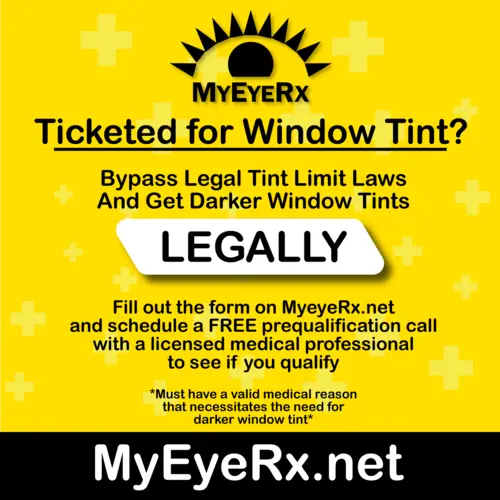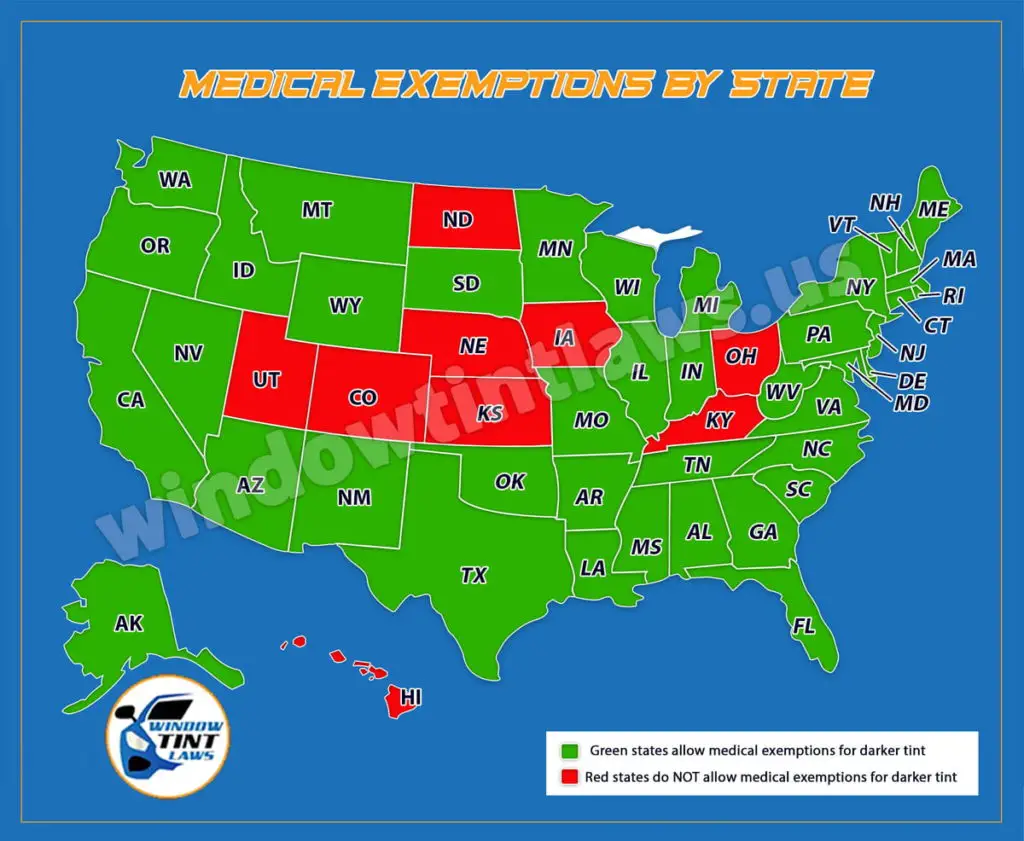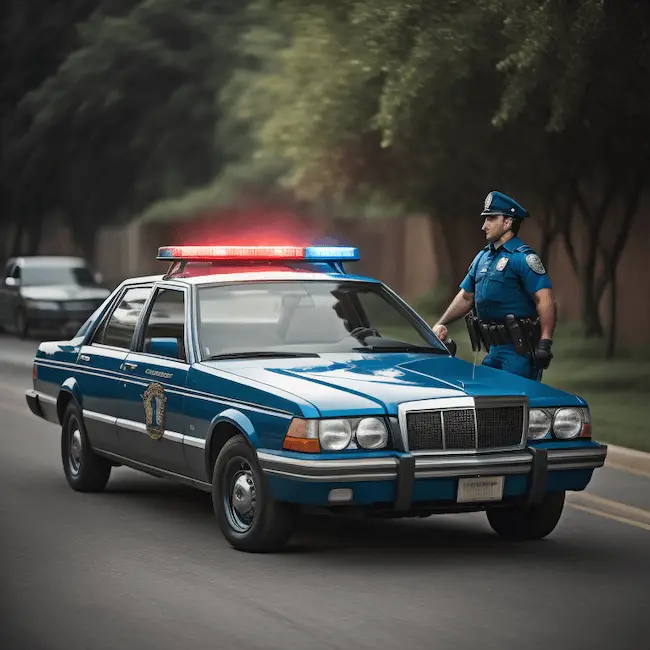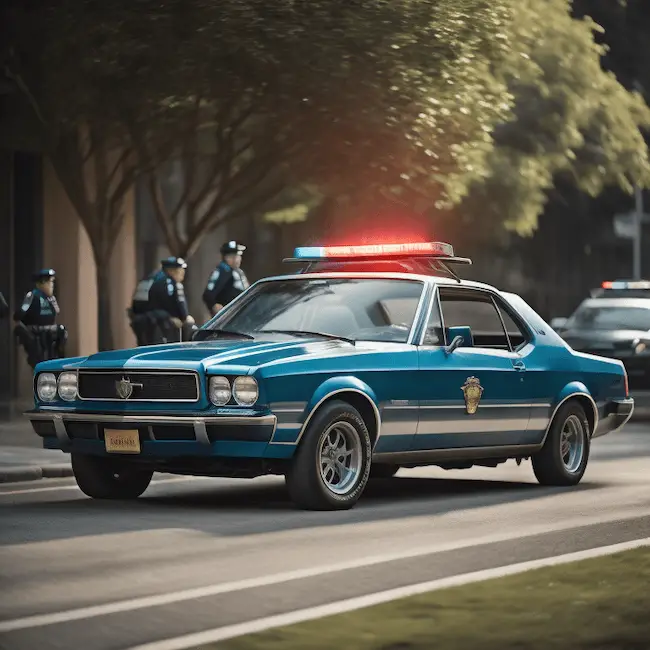Is it possible to see out of a car window tint at night?
Let’s examine the science behind car window tinting, discuss the factors that affect visibility at night, and provide insights on whether it is safe and feasible to drive with tinted windows in low-light conditions.
Can you see through car window tint at night?

Yes. It is possible to see out of car windows at night even with tinted windows, but very dark tints can make seeing out more difficult in low-light conditions.
Here are some key points:
- Lightly tinted windows (50% VLT and higher) have minimal effect on night vision from inside the car.
- Moderately tinted windows (35-50% VLT) only begin to hinder night vision slightly. Most drivers can still see adequately.
- Very dark limo tints (15-20% VLT) can make seeing out of windows noticeably more difficult at night.
- High-quality tint films that are non-reflective maximize night vision capability so light is transmitted both ways.
- The darker the window tint, the more drivers may need to rely on side mirrors and rearview at night.
- Eyes tend to adapt to darker windows over time, improving the ability to see out over several weeks of use.
- Having the interior dome lights on impairs night vision out through tinted windows. Keep interior lighting dim.
So in general, legally allowed tint levels (35%+ VLT) only marginally reduce night vision, while very dark tints can have a more substantial impact.
Quality professional installation also optimizes the ability to see out of tinted windows at night.
Challenges of seeing through tint at night
One of the challenges of seeing through car window tint at night is the reduced visibility.

Tinted windows can make it harder to see objects and obstacles on the road, especially in low-light conditions.
- The darkness of the tint can limit the amount of light that enters the car, making it difficult to discern details and judge distances accurately.
- This can potentially increase the risk of accidents and make driving at night more challenging.
- Additionally, the tint may also cause glare from external light sources, such as streetlights or headlights, further hindering visibility.
- It is important for drivers to be aware of these challenges and take necessary precautions when driving with tinted windows at night.
Importance of choosing the right window tint for nighttime driving
Choosing the right window tint for your car is of utmost importance, especially when it comes to driving at night.
Opting for a high-quality tint that meets legal regulations can help reduce glare from headlights and streetlights, improve your night vision, and protect your eyes from harmful UV rays.
By choosing the right window tint, you can ensure a comfortable and safe driving experience, especially during nighttime journeys.
Thoughts on nighttime window tint visibility

When it comes to car window tint and night visibility, it is important to consider various factors. While window tint can provide privacy and protection from the sun during the day, it can also affect visibility at night.
The level of tint, the quality of the tint film, and the condition of the car’s windows all play a role in how well you can see out of the car window at night.
It is recommended to choose a lighter tint shade and ensure that the tint film is of high quality to minimize any potential visibility issues.
Additionally, keeping the car’s windows clean and free from any obstructions will further enhance night visibility.
Ultimately, it is crucial to strike a balance between achieving the desired level of privacy and maintaining adequate visibility for safe nighttime driving.
Effect of streetlights on visibility
The effect of streetlights on visibility is an important factor to consider when it comes to the use of car window tint at night.
Streetlights play a crucial role in enhancing visibility on the roads, especially in areas with low natural light or during nighttime.
However, the effectiveness of car window tint in preserving visibility can vary depending on the intensity and positioning of the streetlights.
- In well-lit areas, the tint may have minimal impact on visibility as the streetlights provide ample illumination.
- On the other hand, in poorly lit areas, the tint may further reduce already limited visibility, making it harder to see objects and hazards on the road.
Therefore, it is essential to take into account the effect of streetlights on visibility when deciding to use car window tint at night.
Tips for improving visibility
To improve visibility while driving at night with car window tint, there are a few tips you can follow.
Firstly, ensure that your headlights are in good working condition and properly aligned.
This will help illuminate the road ahead and improve your ability to see obstacles and other vehicles.
Additionally, keep your windshield clean both inside and out, as dirt and smudges can further impair your visibility.
It is also recommended to avoid using high-beam headlights when driving in traffic, as they can blind other drivers and reduce overall visibility.
Lastly, consider investing in high-quality window tint that is specifically designed for night driving.
These tints are designed to minimize glare and enhance visibility, making it easier to see the road and surrounding objects.
By following these tips, you can improve your visibility and ensure a safer driving experience at night with car window tint.
Is it legal to have dark window tint at night?
How window tint reduces glare
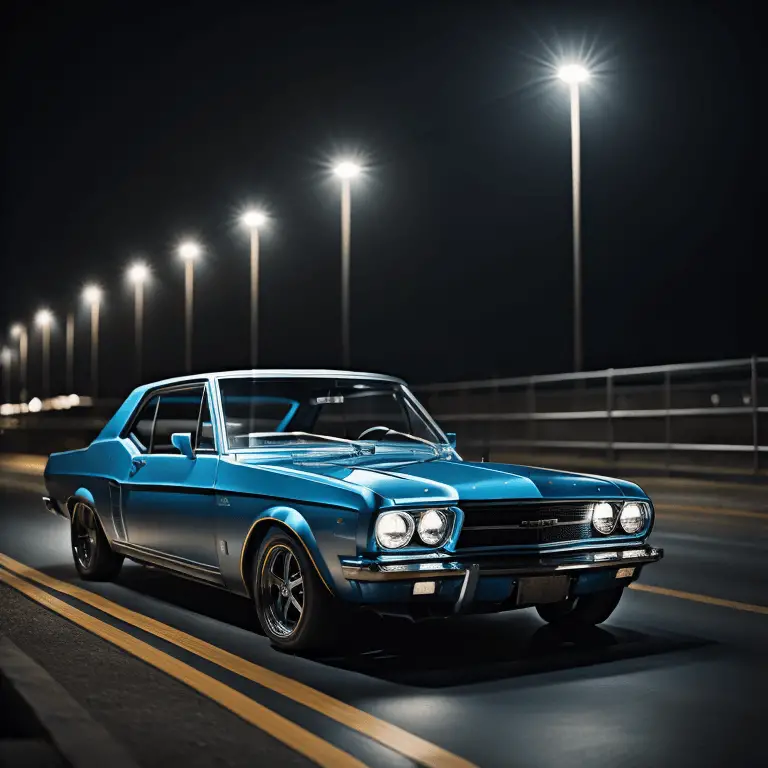
Window tint reduces glare by filtering out a significant amount of the incoming light.
When light passes through the tinted window, it undergoes a process called absorption and reflection.
The tint absorbs a portion of the light, reducing its intensity and preventing it from directly entering the vehicle.
This absorption process helps to minimize the amount of glare that reaches the driver’s eyes, making it easier to see clearly, especially at night.
Additionally, the tint also helps to diffuse the remaining light, further reducing the intensity of glare and improving visibility.
By reducing glare, window tint enhances safety and comfort while driving, allowing drivers to have a clearer view of the road and their surroundings.
Summary of key points
In summary, when it comes to car window tint and night visibility, there are a few key points to consider.
Firstly, the darkness of the tint can greatly impact how well you can see at night. The darker the tint, the more it may obstruct your vision.
Secondly, the quality of the tint installation is important. If the tint is not applied properly, it can cause distortion and reduce visibility.
Lastly, it is crucial to follow local laws and regulations regarding window tint darkness, as exceeding the legal limit can result in fines or penalties.
Overall, while car window tint can provide benefits such as privacy and sun protection, it is important to prioritize safety and ensure that night visibility is not compromised.

